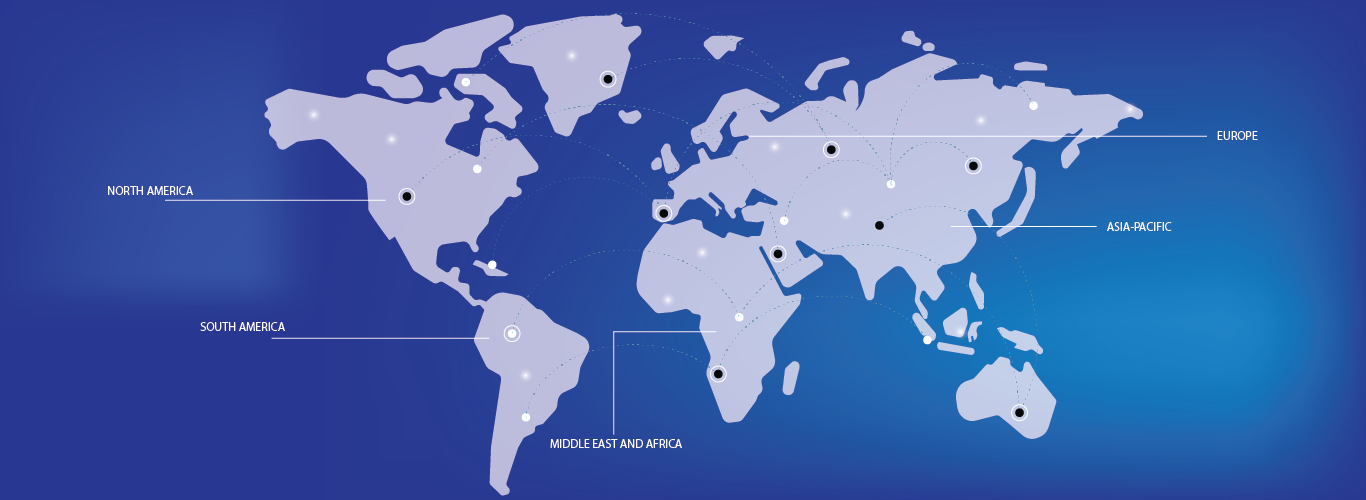The E-line metro Ethernet services market is witnessing significant growth due to advancements in technology and the increasing demand for high-speed internet connectivity. Recent developments in Ethernet technology, such as the implementation of 10G and 100G Ethernet standards, are enabling service providers to offer faster and more reliable connections. This has led to an increase in the adoption of E-line services, particularly among enterprises that require robust and scalable network solutions.
Furthermore, the integration of software-defined networking (SDN) and network function virtualization (NFV) is transforming the way metro Ethernet services are deployed and managed. These technologies allow for greater flexibility, automation, and cost-effectiveness in network operations, making it easier for service providers to tailor solutions to meet specific customer needs.
The rise of cloud-based applications and services is also driving demand for E-line metro Ethernet services. Businesses are increasingly relying on high-speed, low-latency connections to support their operations, leading to a surge in the adoption of these services. As a result, the market is expected to continue its upward trajectory, fueled by the growing need for efficient and high-performance networking solutions.




